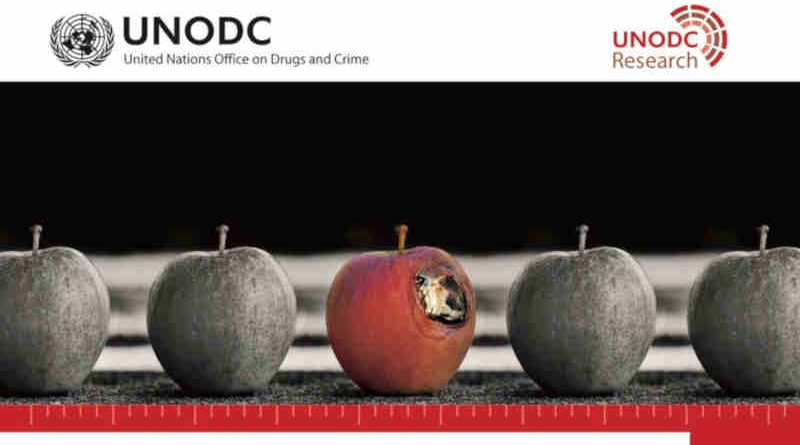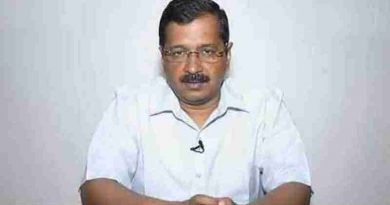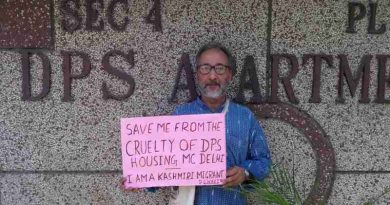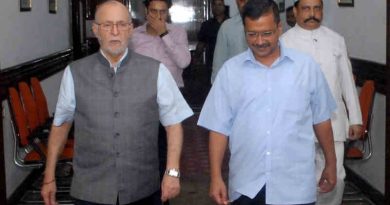UNODC-UNDP Manual to Help You Measure and Check Corruption
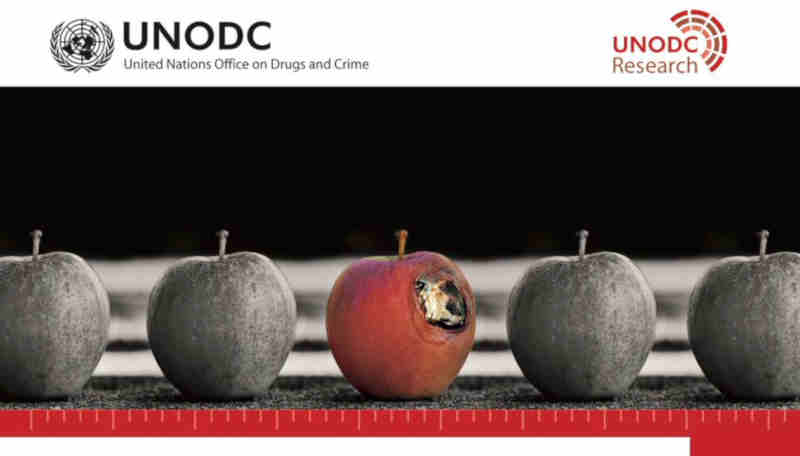
The year 2018 marks the 15th anniversary of the adoption of the United Nations Convention Against Corruption (UNCAC). In this time, the Convention has reached near-universal ratification, with 186 Parties as of September 2018.
UNCAC is the sole global comprehensive anti-corruption convention, covering a wide-range of corruption offences and providing international standards to Member States to guide reforms.
Despite this important progress, the prevalence of corruption remains substantial in many countries; and tackling and preventing corruption has proven to be a complex challenge.
[ RMN Publications: Read and Download The Integrity Bulletin on Corruption ]
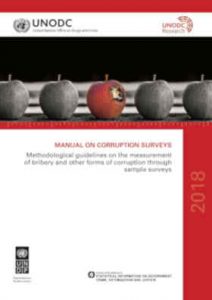
There exists a significant knowledge gap in understanding and measuring corruption. Corruption affects and interacts with numerous political, economic, social and cultural factors: its multi-faceted and hidden nature makes it a complex problem to measure.
Given the lack of internationally established methodologies or standards in measuring Sustainable Development Goal indicators 16.5.1 and 16.5.2, few Member States have collected data on corruption indicators in the 2030 Agenda. Many have sought guidance and standard methodologies to support their efforts.
[ Support New Research Project on Corruption in India ]
The Manual on Corruption Surveys: Methodological guidelines on the measurement of bribery and other forms of corruption through sample surveys seeks to address this gap.
The Manual has been developed by the United Nations Office on Drugs and Crime (UNODC) in partnership with the United Nations Development Programme (UNDP). By providing comprehensive guidance on measuring corruption, from the planning stage to the analysis and dissemination of results, this Manual can support evidence-based policy-making and inform the design and evaluation of policy reforms in addressing corruption risks.
Photo: UNODC / UNDP
💛 Support Independent Journalism
If you find RMN News useful, please consider supporting us.

